Cinefest: Silent Rarities Lovingly Presented
posted February 12, 2011 1 Comment
![]()
By Rachel Price
Fans of animation have their Comic-Con, sure, but for cineastes there are geek-chic events like Cinecon, Slapsticon, Cinesation, Cinevent, and – over four days each March in wintry Syracuse, New York – Cinefest.
Leonard Maltin attended, and he loved it!
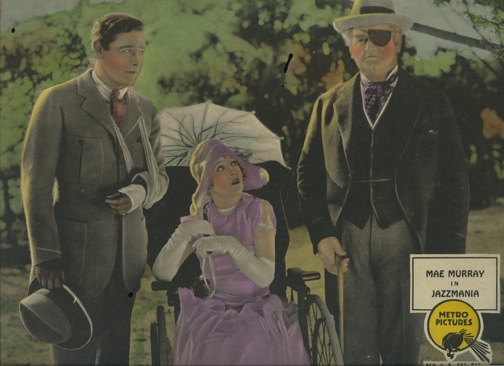
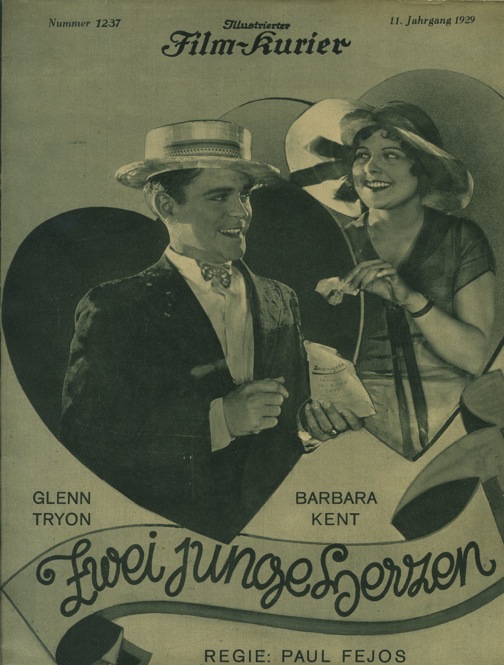
Cinefest strives, each year, to debut at least three to five films no modern audience has seen, many fresh off a restoration. This year, those include Jazzmania (1923) and Lonesome (1929), both from George Eastman House, and Yranski is particularly enthusiastic about The Woman and the Puppet (1920) with New York Metropolitan Opera’s “reigning diva” of the day, Geraldine Farrar. She stars with her then-husband Lou Tellegen – he of the ravishing good looks marred by fire who had married Farrar fresh off a love affair with Sarah Bernhardt and who would become a tragic, Hollywood-lurid suicide. The film is additionally notable because it was made during a period, 1917–1922, from which few Goldwyn Pictures films survive. Geraldine Farrar followed Sam Goldwyn to his own company after he left Famous Players-Lasky, the precursor to Paramount Pictures; but ironically (because she was apparently happier with Goldwyn than she was with DeMille) it’s her DeMille films that generally survive.
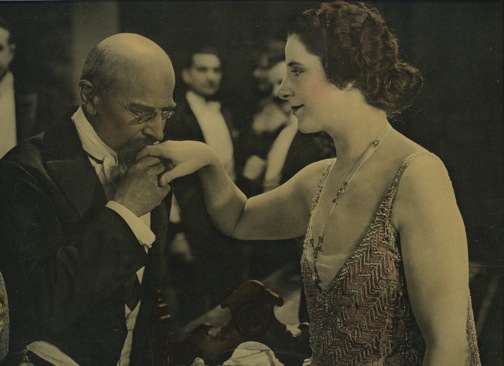
If you were alive in the 1920s, it’s likely you’d instantly know the names of many of the performers Yranski works diligently to resurrect: Geraldine Farrar, Norma and Constance Talmadge, and Colleen Moore, among them. Yranksi was involved in rescuing both Talmadge sisters works, now out on two double DVD boxed sets on Kino. According to A. Scott Berg’s biography of Samuel Goldwyn, Farrar’s arrival in Hollywood prompted the mayor to hold a reception for her, the first time “anybody connected with the motion picture business” received such an honor.
Farrar’s first film was intended as “her” Carmen (1915), directed by Cecil B. DeMille at Lasky. Farrar’s Carmen was hugely successful, and to capitalize, William Fox then made a Theda Bara “rival Carmen.” Charlie Chaplin’s A Burlesque on Carmen (1915) was a spoof on the DeMille/Farrar version and Yranski notes there was often something in the newspaper about these films, and “at the end of 1915 and 1916, towns would play the two, so you could compare the Bara and Farrar versions.” Apparently, the fight scene in the cigarette factory now shown in most productions was as a result of Farrar’s contribution.
One reason the Goldwyn films were lost is because so many of them were remade. Says Yranski: “They only thought in terms of the business and did not want someone to compare an earlier version of a film with the new product.” A prime example of films being destroyed due to perceived competition from remakes involves Cecil B. DeMille. Under the terms of deMille’s parting settlement with Famous Players-Lasky in 1925, he was able to take with him one 35 mm print of every film he had made since The Squaw Man (1914) and six films from this group had already been remade, and presumably therefore destroyed. (Note to Chicago area film buffs: the film deMille left Lasky over, The Sorrows of Satan, which D.W. Griffith made in 1926, will screen at the Max Palevsky Theater at the University of Chicago on February 20.) Considering the eagerness with which films are remade today, and the readiness with which filmgoers rent the original it’s hard to envision this attitude. (As of this writing, there’s a very long wait to rent John Wayne’s True Grit on Netflix.)
In 1959, the first attempt to screen the 1925 Ben Hur, to coincide with the release of the 1959 Charlton Heston epic, resulted in confiscation of prints by the FBI and the near-arrest of a frequently bespectacled film historian, William K. Everson. Only the intervention of Lillian Gish, among others, prevented him from being further prosecuted. Finally, though it took 25 years, the world got a chance to see this Ben Hur, and it’s now on the National Film Registry. Yranski notes that Cinefest can be a true showcase for the efforts of fans, collectors, and noted historians like Everson (who surely falls into all categories). It was Everson who was also involved with pressing for the conservation of what remained of Herbert Brenon’s A Kiss for Cinderella, which screened at Cinefest (a film with a touch of curse on it because it screened at Cinefest several years ago during repeated power outages in a storm). Several efforts to get the Museum of Modern Art to conserve its print on time did not come to fruition. Unfortunately, it’s the fantasy segments where Cinderella is at the ball that are the most affected and deteriorated.
In the 1960s in New York, many silent film accompanists were kicking around from the silent era but even in New York they could find little work because few theaters were screening silent films. That began to change significantly in the 1970s and 1980s and now, says Yranski, there’s a wide selection of musical accompanists “who can make a composite score immediately on demand even if they’re seeing the film for the first time, or really create wonderful scores.” This year’s Cinefest will feature one returning pianist, and two new ones. The intention, says Yranksi, is to grant exposure to two excellent new-to-Syracuse players, Andrew Simpson and Sylvia Moscovitz, and allow a returning player, Ben Model this year, a chance to become an audience favorite. Says Yranski: “With silent films, what else do you have but the visual image; you have to supply the rest yourself.”
Yranski is pleased that musicians get more work and exposure at festivals like Cinefest. Someone like Judith Rosenberg, who has accompanied ballet in San Francisco, played for the New York Public Library screening of Constance Talmadge’s Her Sister of Paris (a work Yranski was involved with rescuing), then got the opportunity to have her music recorded for the Kino DVD, and was then invited to do a master class in Pordenone, Italy (or “at” Podenone, if you know there’s an annual silent film fest there each year). One of Yranski’s favorite players of the original generation, Lee Erwin, a house organist for Radio City Music Hall said “if you were aware of his playing five minutes after the film started then he wasn’t doing his job.”
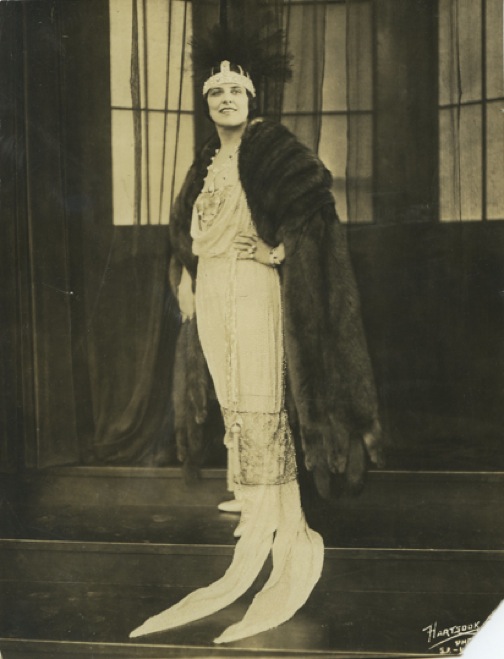
Still, newcomers can get overwhelmed and Yranski reminds folks he has “trained for this.”
Occasionally, as with any operation involving complicated logistics, the Cinefest progammers will get stung. “I still remember the year when we showed My Cousin (1918) with Enrico Caruso. It had Swedish subtitles, and “not one person in the audience could speak Swedish. Even if you knew Swedish, he says, it made no sense since it was transliteration from American slang. The film reels were shown out of order, but since it involved Caruso playing a double role as an itinerant sculptor making plastic sculpture in Greenwich Village, and his cousin, “it really didn’t make much difference,” Yranski teases.
Isle of Love from 1922, shown at Cinefest a few years ago, also involved flipped scenes but, in this case, they were generated at the studio end. The film was created from a 1918 Julian Eltinge film featuring Rudolph Valentino and Virginia Rappe in minor roles and was “recut, redited, and reshot” when Valentino was having a dispute with his studio and wasn’t making new films. “Why did we show it? Well, who else has seen even seven minutes of screen time of Virginia Rappe in anything?” (It was Rappe whom Fatty Arbuckle was charged with murdering in 1921.) Yranski praises Syracuse audiences for hanging tough through films containing many continuous minutes of straight decomposition “just sitting on the edge of their seats waiting for the next little bit of image. These are true cinephiles.”
As a kid, Yranski had some opportunities to meet Farrar when she lived in Ridgefield, Connecticut, via his grandfather who taught film- and opera-going etiquette to his receptive grandson. Farrar would hold parties that were either all men or all women because, otherwise as Yranski puts it, the two sexes would be “mating like Noah’s Ark.” This “tiny woman with a mass of white hair would sit on her red Belter sofa and have tea service that would be put on her flagstone patio. When she poured you a second cup, that was your sign to get up and let the next two people sit.” During one of these sessions, he gathered up the courage to ask her about her experiences acting for film and she said “she really liked learning the new technique at the height of her fame.”
The instruction received from his grandfather also applies to the painstaking process archivists like Yranski submit themselves to for the opportunity to screen at festivals like Cinefest: “sitting through answer print numbers one through six when you’re trying to get it right before you finalize your work and then seal the negative, and get the timecoding down.”
Screenings at festivals like Cinefest are often the outcome of years of effort but, as Yranksi attributes to archivist Eileen Bowser: “Preservation is not really complete until you have your first public screening so the public can see what you’ve done.”
Previous Post: What Illness Looks Like
Next Post: Silent Rarities Lovingly Preserved


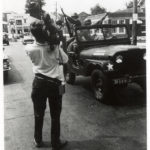
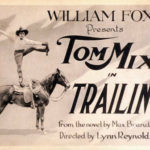
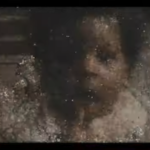
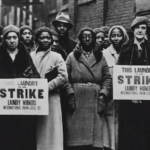
Comment (1)